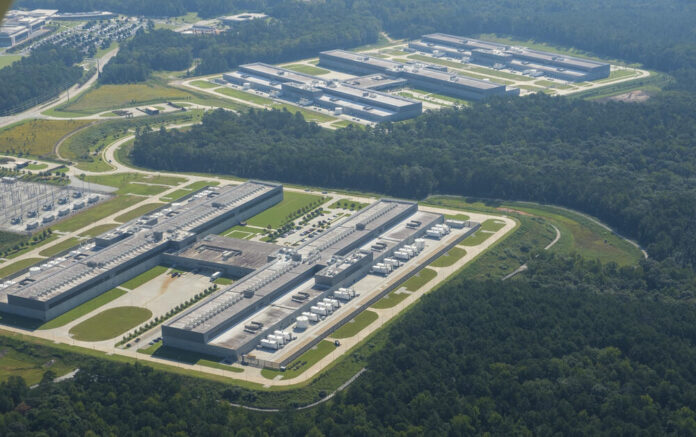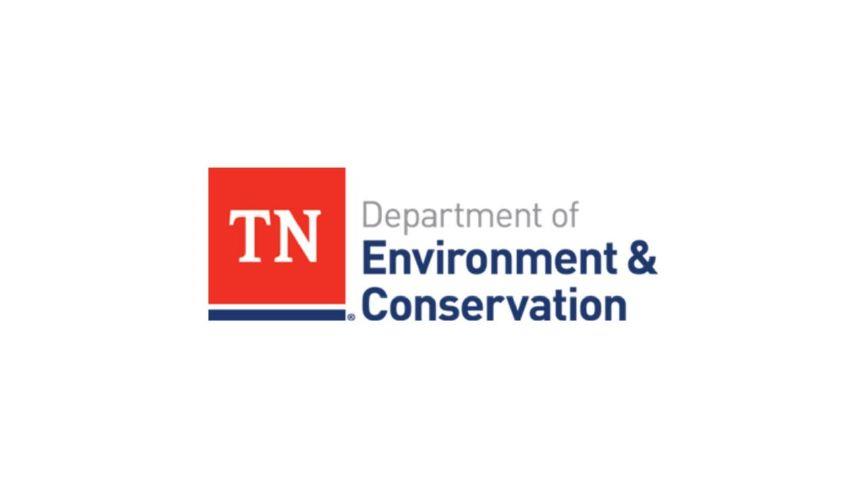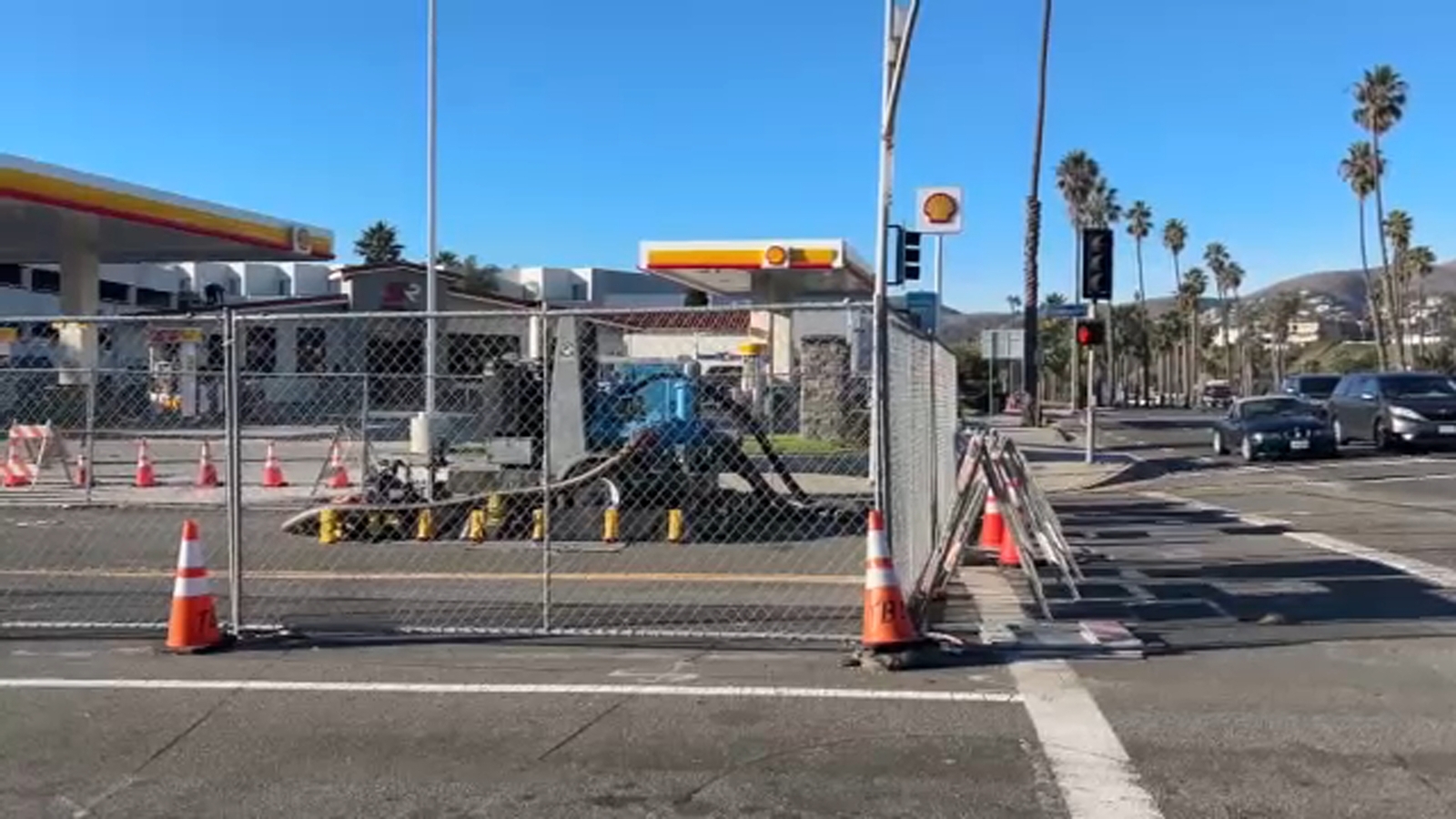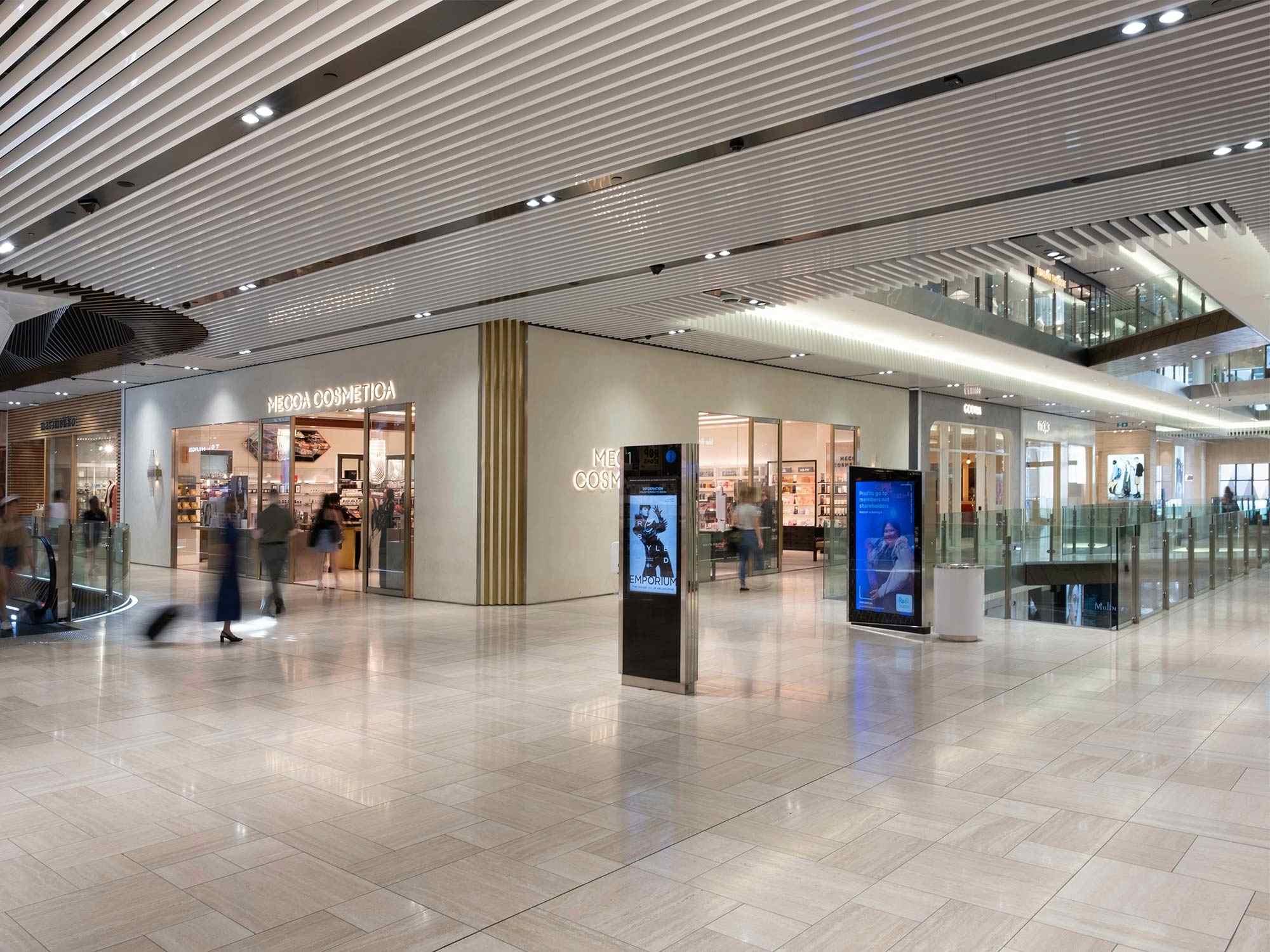Influx of data centers threatens air quality, public health in Atlanta, environmental activists say – Now Habersham

Report on the Sustainable Development Implications of Data Center Expansion in Georgia
1.0 Introduction and Overview
- A rapid expansion of the data center industry is underway in Georgia, particularly in the metro Atlanta area, driven by the growth of artificial intelligence (AI).
- This industrial growth presents significant challenges to the achievement of several United Nations Sustainable Development Goals (SDGs), raising concerns among public health and environmental advocates.
2.0 Public Health and Community Well-being
2.1 Impact on SDG 3: Good Health and Well-being
- Advocacy groups, including Moms Clean Air Force, report that unchecked growth could harm public health by degrading air quality.
- Pollutants generated by the power sources required for data centers are linked to adverse effects on human health, directly contravening the objectives of SDG 3.
2.2 Impact on SDG 11: Sustainable Cities and Communities
- Air quality in metro Atlanta has demonstrably worsened, with the number of unhealthy ozone days rising from 1.8 in 2023 to 5.5 in 2024.
- This degradation of urban environmental quality undermines the goal of creating safe, resilient, and sustainable communities as outlined in SDG 11.
3.0 Energy Consumption and Climate Action
3.1 Impact on SDG 7: Affordable and Clean Energy
- Data centers are highly energy-intensive, consuming over 4% of all electricity nationwide.
- AI-optimized hyperscale facilities demand two to four times more power than traditional data centers, placing significant strain on energy infrastructure and challenging the transition to clean energy sources as promoted by SDG 7.
3.2 Impact on SDG 13: Climate Action
- The substantial increase in energy consumption, if met by fossil fuels, will escalate greenhouse gas emissions.
- Observed correlations between extreme heat and unhealthy ozone levels in the region highlight the interconnected challenges to climate action goals specified in SDG 13.
4.0 Socio-Economic and Equity Concerns
4.1 Impact on SDG 8: Decent Work and Economic Growth
- The long-term economic benefits of data centers are questioned, as they may only provide temporary construction jobs rather than sustained economic growth.
- This model fails to align with the objective of SDG 8 to promote inclusive and sustainable economic growth and decent work for all.
4.2 Impact on SDG 10: Reduced Inequalities
- A pattern has been identified where new data center projects are predominantly located in communities of color, such as South Fulton and South DeKalb.
- This raises significant environmental justice concerns, suggesting a disproportionate distribution of environmental burdens that conflicts with the aim of SDG 10 to reduce inequality within and among countries.
5.0 Conclusion and Call for Action
- There is an urgent need to connect industrial development strategies with environmental protection and the fundamental right to clean air.
- Advocates recommend that residents engage in local governance to ensure development aligns with sustainable principles and protects community health, thereby supporting the integrated achievement of the Sustainable Development Goals.
Sustainable Development Goals (SDGs) Analysis
1. Which SDGs are addressed or connected to the issues highlighted in the article?
-
SDG 3: Good Health and Well-being
The article directly connects the growth of data centers to potential harm to “public health” and the “right to breathe clean air.” It highlights the adverse health effects of pollutants from the power sources used by these facilities.
-
SDG 8: Decent Work and Economic Growth
The article questions the long-term economic benefits of data centers, stating that while they “may bring jobs and money into a community while under construction, data centers won’t sustain economic growth.” This addresses the sustainability aspect of economic development.
-
SDG 10: Reduced Inequalities
An environmental justice issue is raised, pointing out that the data centers are predominantly located in “primarily communities of color.” The article quotes an advocate saying, “And that’s intentional,” suggesting a disproportionate environmental burden on these communities.
-
SDG 11: Sustainable Cities and Communities
The focus is on urban and metro areas, specifically “metro Atlanta,” “the city of South Fulton,” and “South DeKalb.” The core issue discussed is the worsening air quality within these communities, directly impacting their environmental sustainability and the well-being of their residents.
-
SDG 7: Affordable and Clean Energy
While not the main focus, the article’s emphasis on the massive electricity consumption of data centers (“More than 4% of all electricity used nationwide”) and the pollution from their “power sources” implicitly connects to the need for cleaner, more sustainable energy solutions to power this industrial growth.
2. What specific targets under those SDGs can be identified based on the article’s content?
-
Target 3.9:
“By 2030, substantially reduce the number of deaths and illnesses from hazardous chemicals and air, water and soil pollution and contamination.” The article’s central argument is that pollutants from data center power sources are harming public health through worsened air quality, which directly aligns with this target.
-
Target 11.6:
“By 2030, reduce the adverse per capita environmental impact of cities, including by paying special attention to air quality…” The article provides specific data on the decline of air quality in metro Atlanta, linking industrial growth to a negative environmental impact on the city, making this target highly relevant.
-
Target 10.2:
“By 2030, empower and promote the social, economic and political inclusion of all, irrespective of…race, ethnicity…” The article suggests a violation of this target by pointing out that the environmental and health burdens of data centers are intentionally placed on “communities of color,” indicating a lack of inclusion and equity in development decisions.
-
Target 8.2:
“Achieve higher levels of economic productivity through diversification, technological upgrading and innovation…” The article challenges the notion that data centers contribute to this target in the long term, stating they “won’t sustain economic growth,” which implies they are not a form of sustainable economic development for the host communities.
3. Are there any indicators mentioned or implied in the article that can be used to measure progress towards the identified targets?
-
Indicator for Target 11.6 and 3.9:
The article provides a direct, quantifiable indicator of worsening air quality. It states, “In metro Atlanta specifically, the number of unhealthy ozone days rose from 1.8 days in 2023 to 5.5 days in 2024.” This metric can be used to measure the negative progress regarding air quality in the city.
-
Indicator for Target 10.2:
A qualitative indicator is provided through demographic analysis. The article states that the regions where data centers are being built “have in common that they’re primarily communities of color.” The location of industrial projects relative to the racial and ethnic demographics of a community serves as an indicator of environmental equity.
-
Indicator for SDG 7 (Implied):
The article mentions that “More than 4% of all electricity used nationwide powers data centers” and that AI-optimized centers use “two to four times as many watts.” While not a formal indicator, this data on massive energy consumption implies the need to track the source of this energy (renewable vs. non-renewable) to measure progress towards clean energy goals.
4. Summary Table of SDGs, Targets, and Indicators
| SDGs | Targets | Indicators |
|---|---|---|
| SDG 3: Good Health and Well-being | Target 3.9: Substantially reduce illnesses from air pollution and contamination. | The increase in “unhealthy ozone days” from 1.8 in 2023 to 5.5 in 2024 in metro Atlanta. |
| SDG 11: Sustainable Cities and Communities | Target 11.6: Reduce the adverse per capita environmental impact of cities, paying special attention to air quality. | The number of unhealthy ozone days, which serves as a direct measure of urban air quality. |
| SDG 10: Reduced Inequalities | Target 10.2: Promote social inclusion, irrespective of race or ethnicity. | The demographic observation that data centers are being sited in “primarily communities of color.” |
| SDG 8: Decent Work and Economic Growth | Target 8.2: Achieve higher levels of economic productivity and sustainable growth. | The qualitative assessment that data centers “won’t sustain economic growth” for the community. |
| SDG 7: Affordable and Clean Energy | Target 7.2 (Implied): Increase substantially the share of renewable energy in the global energy mix. | The high electricity consumption figures (4% nationwide, 2-4x more watts for AI centers) which create pressure on power sources and imply a need for cleaner alternatives to mitigate pollution. |
Source: nowhabersham.com
What is Your Reaction?
 Like
0
Like
0
 Dislike
0
Dislike
0
 Love
0
Love
0
 Funny
0
Funny
0
 Angry
0
Angry
0
 Sad
0
Sad
0
 Wow
0
Wow
0
















































![[Webinar] New California Employment Laws & Developments for 2026 – December 10th, 10:00 am – 11:30 am PT – JD Supra](https://jdsupra-static.s3.amazonaws.com/profile-images/og.16077_5211.png?#)
























